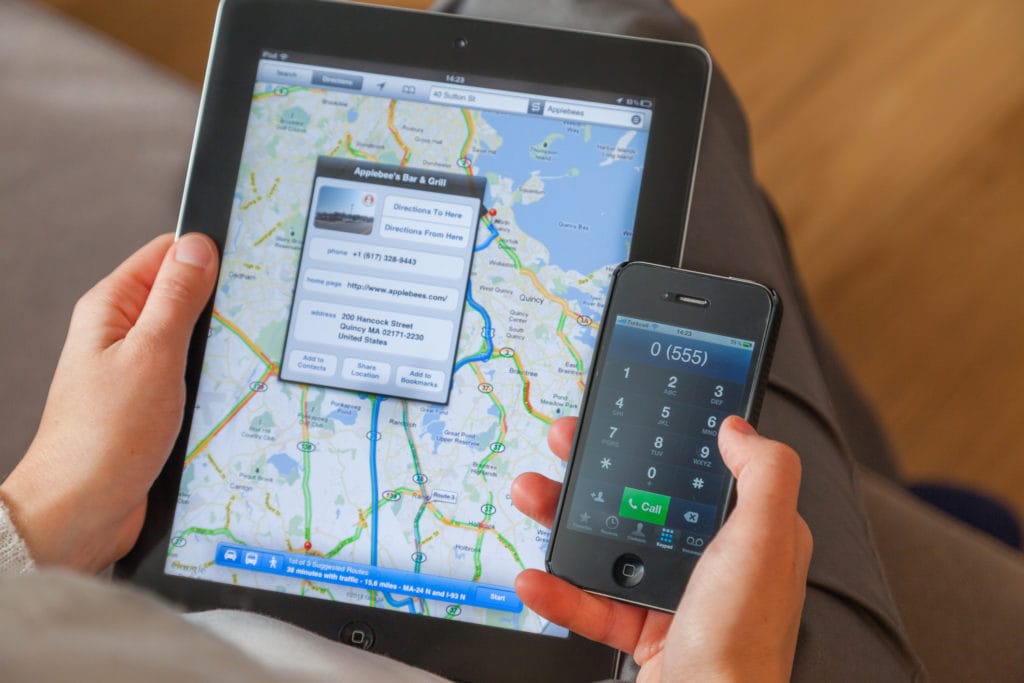Google My Business
How To Best Utilize Google’s Business Messaging
The opportunity to communicate with clients and customers on an individual level from across time zones is not unique to the age of the Internet, but it’s certainly never been as easy or convenient as it is today. Google’s Business Profile (formerly known as Google My Business) has allowed business owners to enable in-app messaging…
Google My Business Is Now Google Business Profile
Alongside a number of other changes made this year, Google continues to revise and rebrand its toolkit for online businesses and internet retailers by changing Google My Business into the Google Business Profile. While little more than a name change on the surface, a deeper dive into the announcement reveals Google’s long-term plans for Google…
Google My Business Fields That Matter
From an SEO perspective, there are several Google My Business fields that have a more significant impact than others. Key fields include accurate business name, address, and phone number (NAP), which ensure consistency across listings. Categories and attributes effectively describe services, enhancing relevance. High-quality, updated photos and regular posting of updates or offers engage users….
Google My Business: FAQs for Multiple Businesses at the Same Address
There are several FAQs for managing multiple businesses at the same address on Google My Business. These address common concerns like differentiating individual listings, handling shared phone numbers, and specifying distinct business hours. Each business needs to maintain unique, accurate information to avoid confusion and ensure a clear online presence, aiding in better search visibility…
Google Changes GMB Listings
Whenever Google changes GMB listings, you must check your listings to ensure they’re live and accurate. Google made significant changes to Google My Business (GMB) listings, enhancing the platform’s usefulness for businesses and consumers. Updates included more options for business categories, attributes, and posts, enabling businesses to provide detailed information. Enhanced features for booking services,…
Google Launches New Small Business Portal
Recently in conjunction with International Small Business Day, Google launched a new website that will suggest its products that seem like a good fit for specific businesses. The Google for Small Business portal was announced at the Grow with Google Learning Center in New York city where the company hosts a number of classes and…
Google My Business Adds More Branding Tools
In terms of local SEO, Google My Business has always been an important and valuable tool. The platform launched in 2014 and continues to grow in importance for both businesses and consumers. Having a verified, complete, and accurate profile is critical to SEO. Google My Business is evolving to include transactions and engagement between businesses…
6 Ways to Make the Best of GMB Posts
Google has been announcing (and re-announcing) the decline and ultimate demise of the Google Plus platform for quite some time. With the disappearance of the platform looking like it will actually happen later this year, some business owners are focused on what to do next. Many were still using the partially-defunct social platform for marketing…
All the Facts You Need to Know on Google My Business API
Unless you’ve been living under a rock, you’ve heard about Google My Business. This unified tool lets businesses manage their online presence across multiple Google-owned interfaces across the web, including Search, Maps, Reviews, and even Google +. It’s handy, easy to use, and a fantastic tool to have in your SEO toolbox – as long…


















